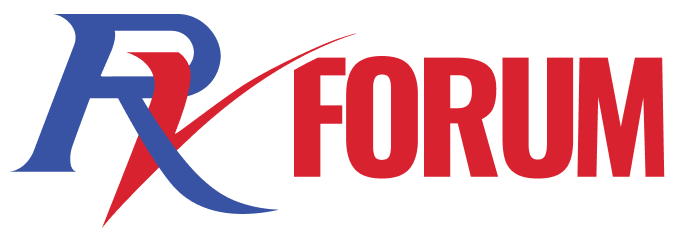Am still new to RVing and sure this question has been asked before, so here we go.
Was wondering what others that have tire size of 245/70R19.5 run their tire pressure at? I know that the weight will have to be considered. I have not weighed my new to us RV since we only got it a few weeks ago.
2002 National Sea Breeze Scout. 30'
Specs:
WEIGHTS (POUNDS) SB300
Gross Vehicle Weight Rating 22,000
Gross Combined Weight Rating 26,000
Front Gross Axle Weight Rating 7,000
Rear Gross Axle Weight Rating 15,000
Unloaded Vehicle Weight 14,890
Maximum Carrying Capacity 5,859
Keep in mind that we do not carry a lot of water other than what is in the black tank and possible 15 gal of fresh water when traveling. Other than that, just the usual stuff for camping.
THANKS in advance!
Was wondering what others that have tire size of 245/70R19.5 run their tire pressure at? I know that the weight will have to be considered. I have not weighed my new to us RV since we only got it a few weeks ago.
2002 National Sea Breeze Scout. 30'
Specs:
WEIGHTS (POUNDS) SB300
Gross Vehicle Weight Rating 22,000
Gross Combined Weight Rating 26,000
Front Gross Axle Weight Rating 7,000
Rear Gross Axle Weight Rating 15,000
Unloaded Vehicle Weight 14,890
Maximum Carrying Capacity 5,859
Keep in mind that we do not carry a lot of water other than what is in the black tank and possible 15 gal of fresh water when traveling. Other than that, just the usual stuff for camping.
THANKS in advance!

